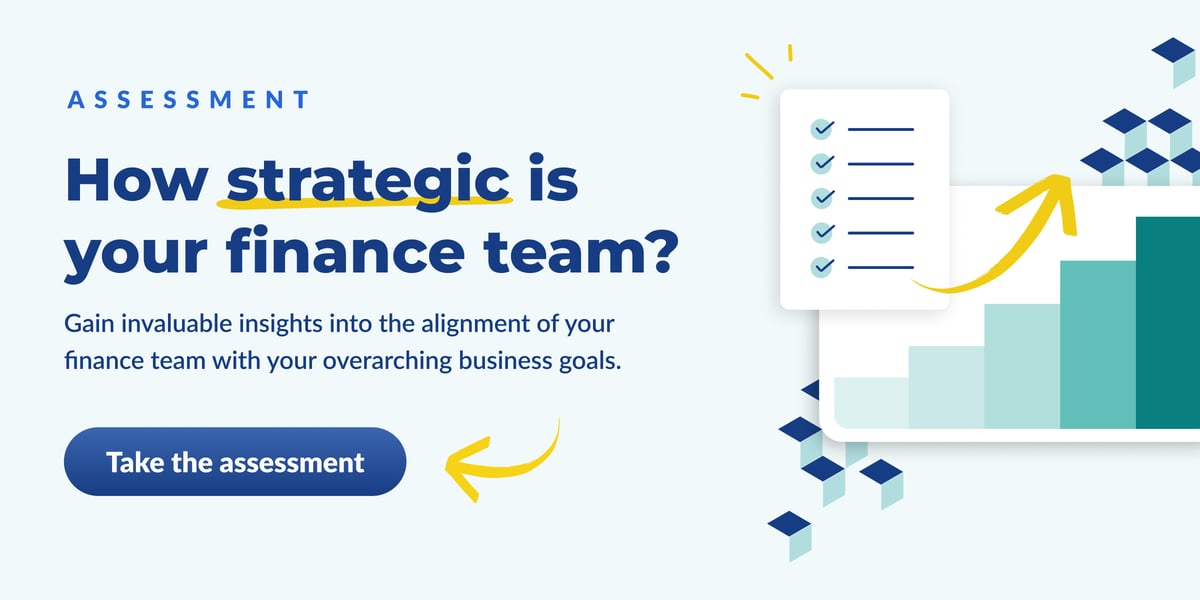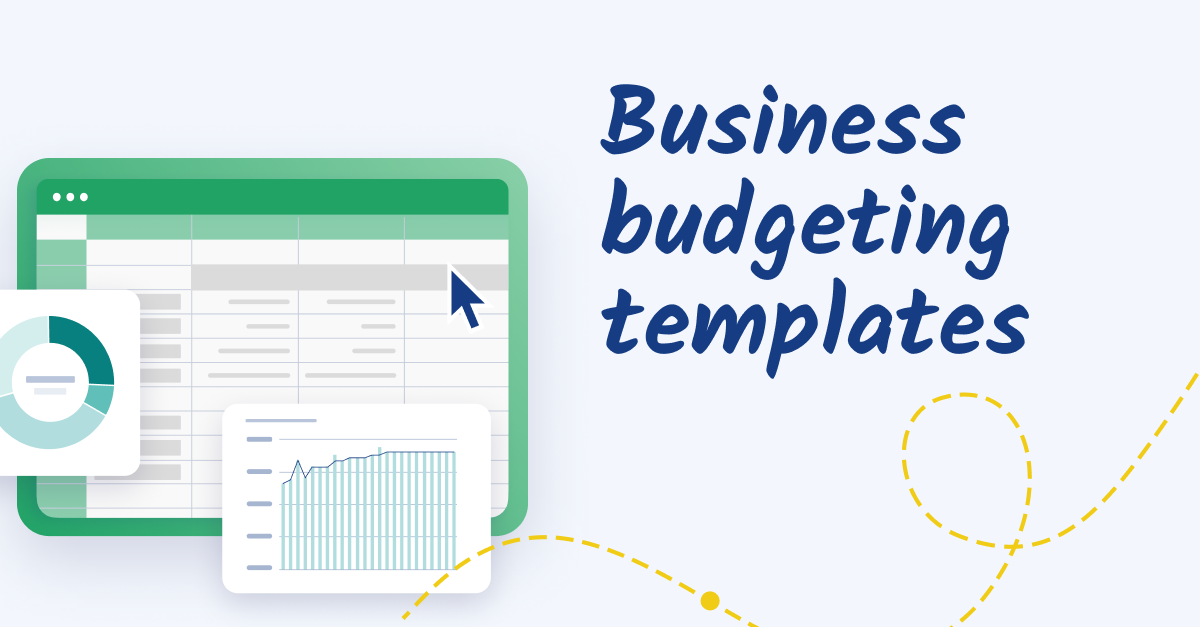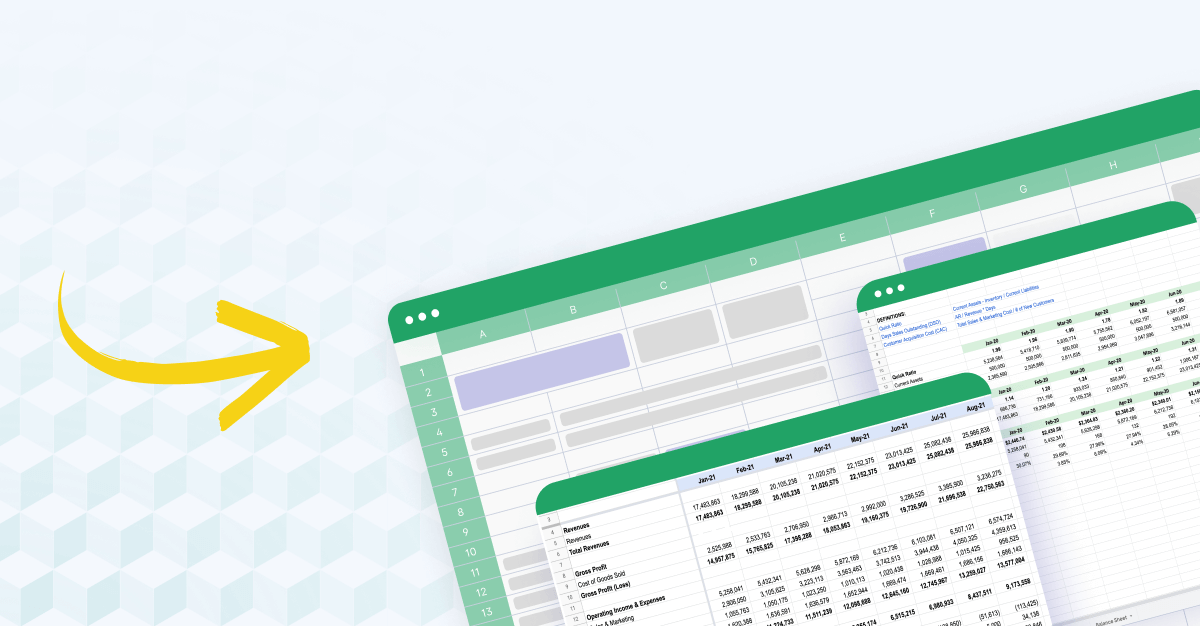Tips for aligning your budget with strategic priorities
For SMBs, where financial agility can make or break success, it’s crucial to see budgeting not just as a numerical activity, but as a strategic initiative that guides the company's trajectory.
Think of your budget as a roadmap. It should provide clear directions, ensuring every financial decision pushes the company closer to its goals. For this to happen, it’s essential to create a framework where budget decisions consistently align with both short-term and long-term business objectives.
Creating this framework for achieving strategic alignment might seem challenging—but with the right approach, it becomes intuitive. To set you on the right path, here are nine tips for aligning your budget with strategic priorities:
1. Assess your current strategic alignment
How well does your existing budget align with your business’s strategic vision?
Review your current financial plan. Check if the allocations mirror the priorities and ambitions of the company. It's not uncommon to find areas where the budget diverges from intended goals or doesn’t fully support the strategic objectives.
Identifying these misalignments early gives you a proactive edge. It’s not just about ensuring financial efficiency but making sure every financial move aligns with the company's broader purpose.
2. Engage stakeholders
It's crucial to involve department leads, such as Sales, Marketing, Human Resources, IT, Operations, and Research & Development, in the budgeting process for organizational alignment.
These leaders have a deep understanding of their respective department's needs and challenges. By involving them, you ensure that the budget addresses specific operational requirements while aligning with the organization and broader business goals. This collaborative approach fosters a unified strategy, setting the stage for successful execution.
It's equally important to loop in the executive team. Communicate the budget's objectives and how each department's tasks contribute to those goals. Clear communication across all levels ensures everyone is invested and on board with the strategy.
3. Isolate strategic priorities with zero-based budgeting
Not all budgets are built on the previous year's foundation. Zero-based budgeting, for example, is a more streamlined alternative to traditional budgeting.
Zero-based budgeting (ZBB) is a budgeting method that requires every expense to be justified and approved for each new period. Instead of basing the new budget on previous budgets or the previous year's spend, ZBB starts from a "zero base."
Every function within an organization is analyzed for its needs and costs, and every expense must be justified in light of how it furthers current strategic goals, ensuring alignment.
4. Utilize scenario planning
Regardless of its type, every successful budget is built on data. But just having the data isn't enough—you need to make it work for you by leveraging advanced techniques, such as scenario planning.
Scenario planning maps out a range of possible futures and how they might affect the business. By creating a set of diverse scenarios based on various factors and uncertainties, you can test strategic plans against different possible outcomes.
When rooted in data, the scenario planning process provides a robust framework for organizations to anticipate change, make proactive decisions, and align their budgets with strategic objectives.

5. Use rolling forecasts to achieve strategic alignment
If there's one constant in business, it's change. Even with a map (aka, a budget), we can't be sure the route we have planned will always be the best route. What if a tree falls across that supply chain path through the woods? Or a large storm (let's call it a high-inflation front) moves in? To get around these changes, you'll need alternative routes—or a flexible budget.
That's the idea behind rolling forecasts. Like traditional forecasts, they are built on historical data—but they are continuously being updated with current information (e.g., changing prices, market or industry shifts, and internal operational changes). This allows teams to infer the best path to achieving strategic goals at any given time.
Why are they called rolling forecasts? Well, because they "roll." Unlike traditional forecasts, they have no end date. Rolling forecasts always show you a specific period, say 12 months in advance. So, in March you can see 12 months ahead, in April you can see 12 months ahead, and so on. This makes them especially useful during the long-term planning process (e.g., projects that require longer than a year to complete).
To maintain strategic alignment, you can adjust your budget as the rolling forecast directs. For example, let's say in April you see a market downturn for the rest of the year. You might redirect some money from long-term projects to short-term, revenue-generating opportunities.
6. Conduct periodic reviews
From time to time, you'll need to assess your budget. This is where periodic reviews come into play.
Even the most well-thought-out scenarios can deviate from actual outcomes as the business environment evolves. Regular check-ins, whether monthly, quarterly, or biannually, allow you to recalibrate based on the changing landscape. The frequency of these reviews often depends on the dynamism of your industry.
For these evaluations to be comprehensive, roping in insights from senior leadership team from across various departments and the executive suite is essential. By integrating benchmarking data from peers and conducting variance analyses, you not only assess the accuracy of your predictions but also refine your approach for tighter strategic alignment in subsequent budgets.
7. Build flexibility into your budget
Rather than using exact numbers, you might set a range for specific line items—like equipment prices. If equipment prices change, you won't be scrambling to reallocate money from another area—you'll have a built-in buffer.
It's important to arrange your budget line items by their importance. This way, if cuts become necessary, you'll know which items to consider reducing first. While operational expenses typically take precedence, your strategic expenses should also be ranked based on the priority of each strategic goal and its elements.
You should also include a system where department heads can request changes to specific line items. Since they understand how they can achieve goals and are more aware of "on-the-ground" realities, they can help modify the budget as you go.
Lastly, contingency funds should be built into the budget so that if an unexpected event occurs, you won't have to divert from your goals. Create specific line items for each scenario, then allocate funds based on the likelihood and size of the threat.
8. Track KPIs
Key performance indicators (KPIs) serve as measurable signposts, guiding your business towards its strategic objectives.
It's essential to select KPIs that resonate directly with your specific goals so you can measure strategic alignment progress. For instance, if improving customer satisfaction is a priority, metrics like customer retention rates and Net Promoter Score (NPS) should be in focus.
Once chosen, set clear, achievable targets for these KPIs. Modern technology and software dashboards can provide a real-time view, allowing you to monitor progress and make adjustments as needed.
9. Boost data accuracy with FP&A software as your single source of truth
When it comes to budgeting, having a centralized and accurate view of financial data is indispensable. Embracing FP&A software as your "single source of truth" not only ensures consistent data but also streamlines the budgeting process.
Manual budgeting can create barriers to strategic alignment, whereas a dedicated FP&A platform offers dynamic flexibility, facilitating quick adjustments in line with changing business goals. Beyond just consistency, these platforms arm finance leaders with analytics, forecasting tools, and comprehensive dashboards, ensuring that every decision is informed, precise, and in tandem with the overarching business strategy.
Common strategic budgeting mistakes
Even the most seasoned professionals can occasionally falter. Missteps, no matter how minor, can divert a business from its envisioned path, leading to missed opportunities and inefficiencies. Here are some common strategic budgeting mistakes that companies often make and ways to avoid them:
Budgeting with untrustworthy data
When it comes to recording data, manual error is common—which means flawed forecasts and flawed budgets are a strong possibility.
By leveraging technology (such as FP&A software), you ensure data is recorded and cleaned automatically. You'll always have a clear view based on the current environment, no matter where you are in your journey.
Being overly optimistic (or too cautious)
During the strategic planning process (and especially when it comes to strategic budgeting), you need to find the right balance between optimism and caution.
Keep your estimates of revenue and expenses conservative to ensure you have a built-in buffer against uncertainty. However, don't be too conservative—you also want to make sure your budget has some wiggle room.
After all, you want a plan that's resilient—not so tightly bound that it can't adapt to changing circumstances.
Failing to prioritize tasks
You can't accomplish all strategic initiatives at once. Therefore, it's important to use what resources you have in a targeted way. Among competing goals, ask which objectives are most important right now to get your company where you want it to be.
Not reviewing regularly
Traditional budgeting has given us a "set it and forget it" mentality, but strategically aligned budgeting is not a one-time event—it's a continuous process.
Regularly revisiting your budget allows for timely adjustments, ensuring it remains aligned with your company's goals and the current business environment. By fostering a culture of consistent financial reflection, you'll be better positioned to address challenges and seize new opportunities.
Conclusion: secure a successful future for your business
Remember, your budget isn't just a document; it's a reflection of your business's ambitions. By consistently aligning financial plans with your strategic vision, you're not only safeguarding your resources but also ensuring your journey forward is as intentional and impactful as possible.
Want to learn how Cube can help you on this journey? Request a free demo today.



.png)









